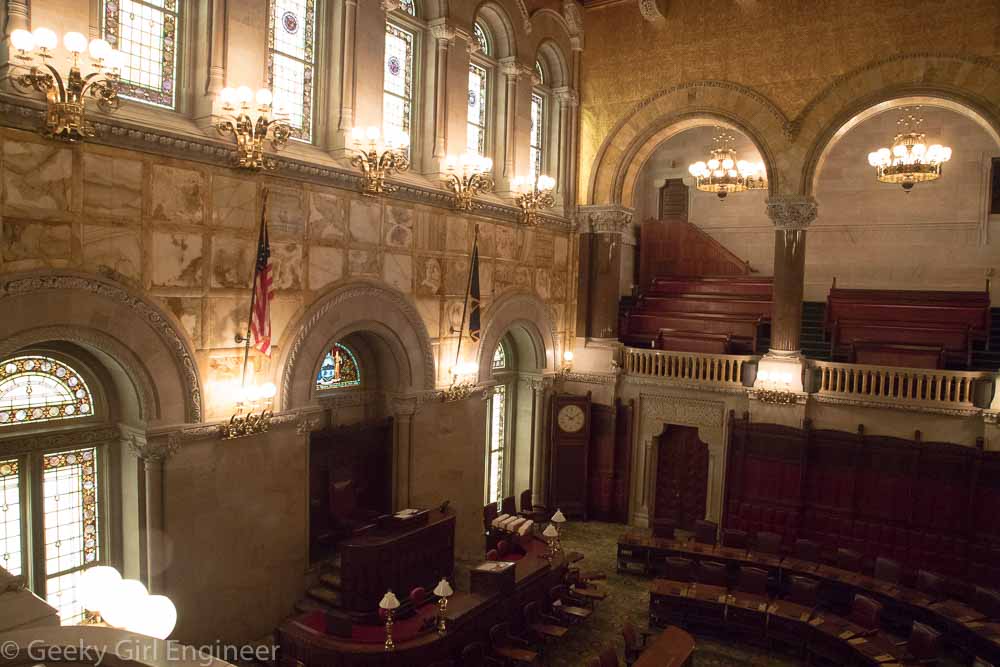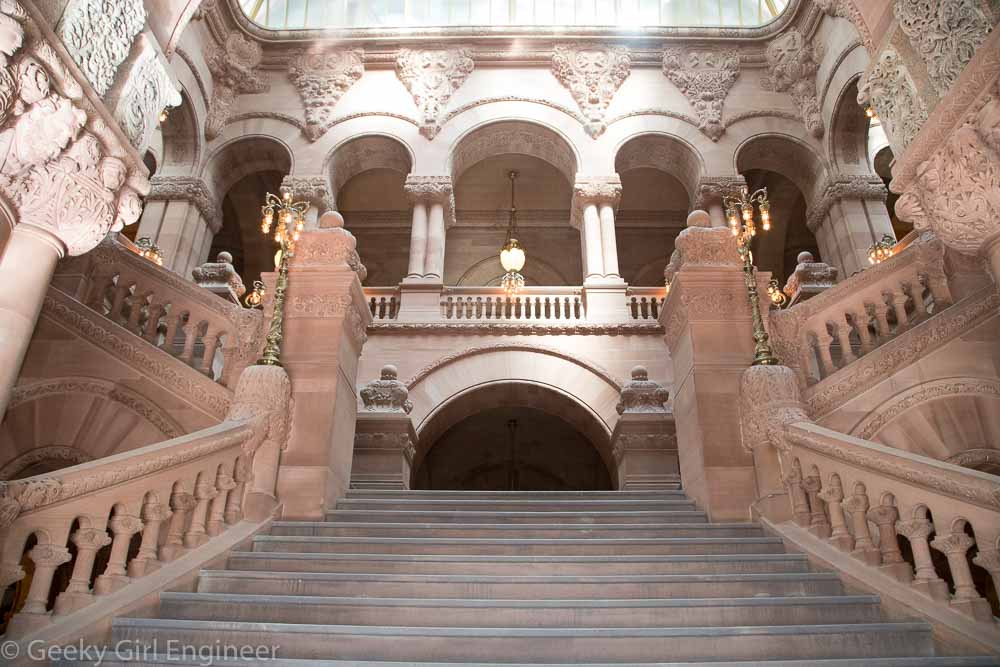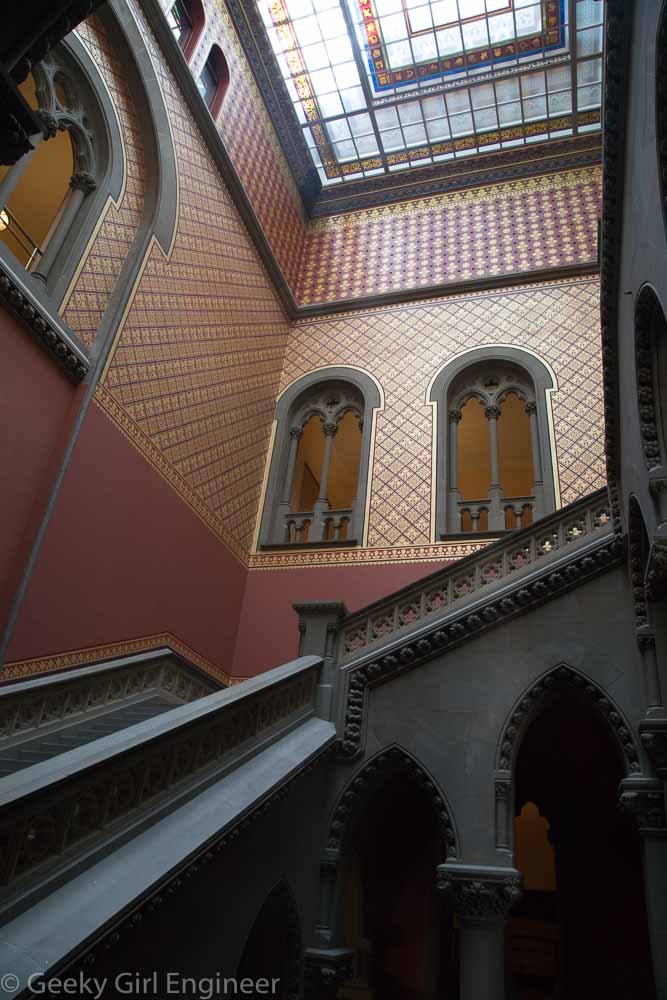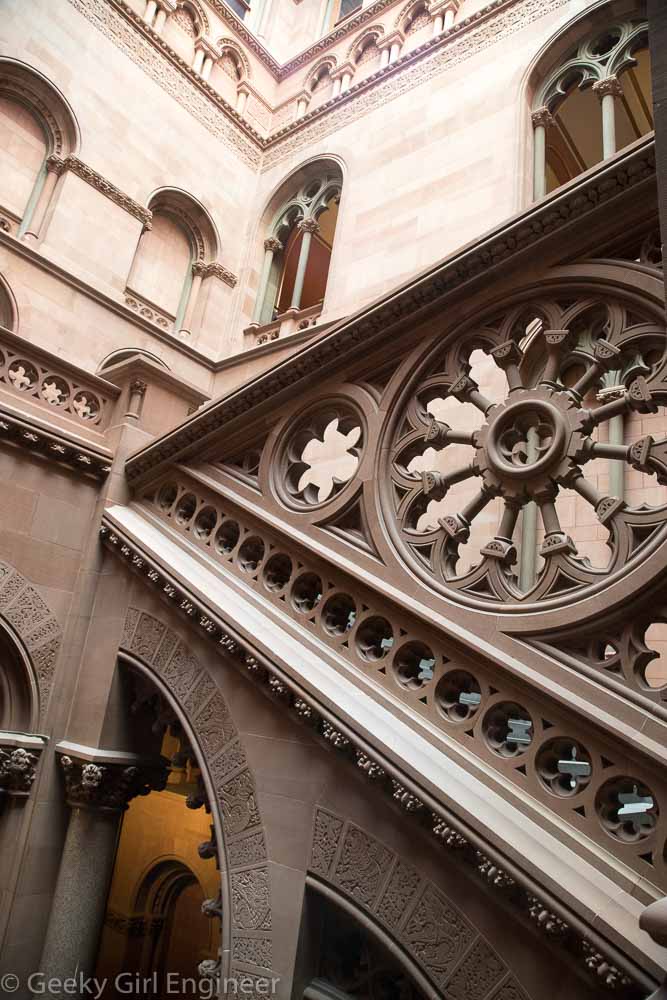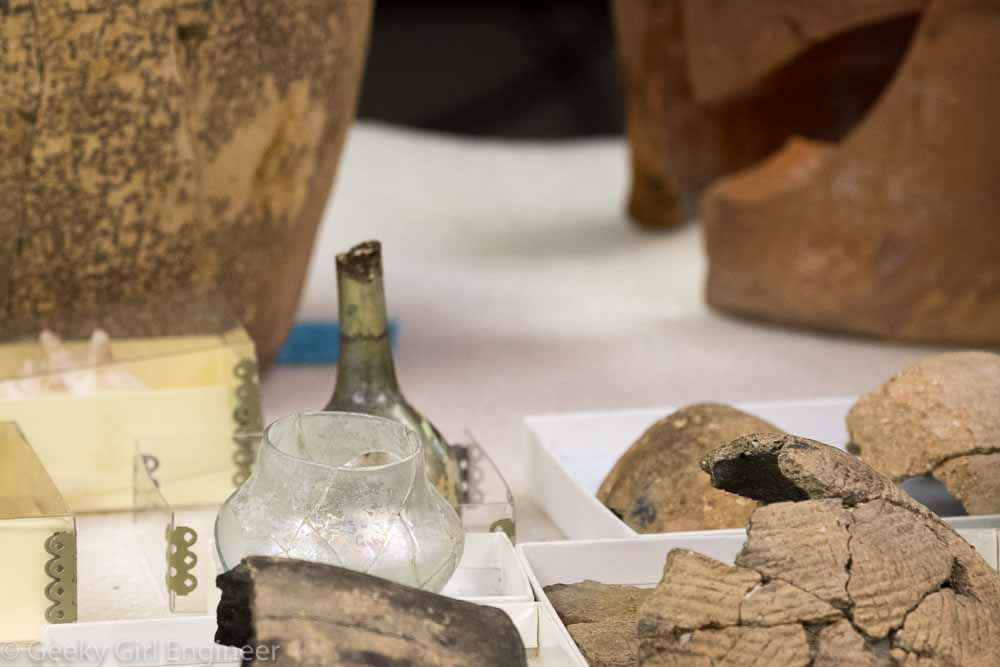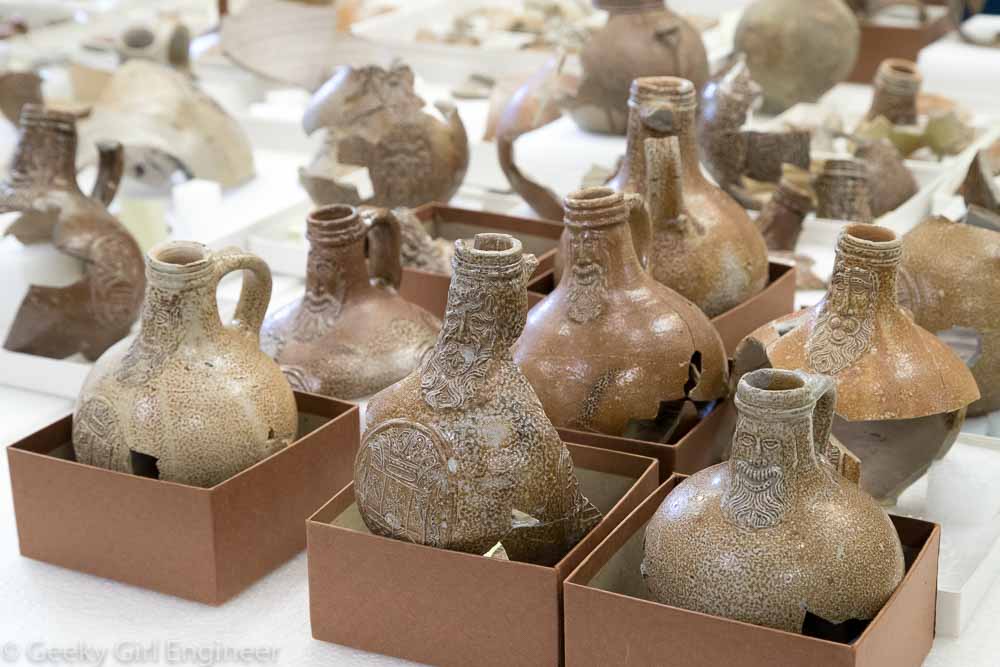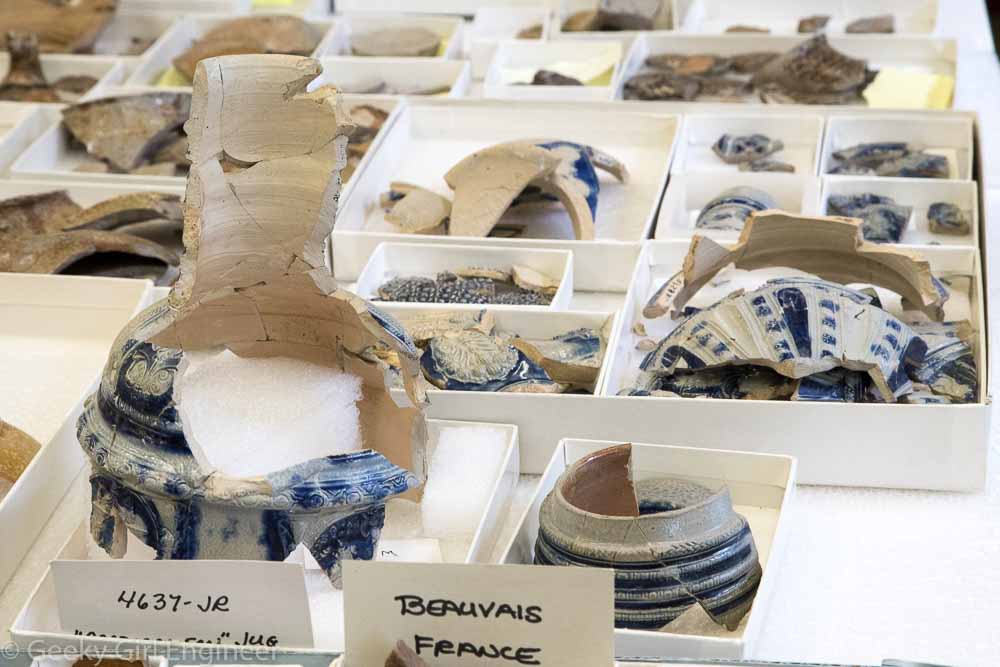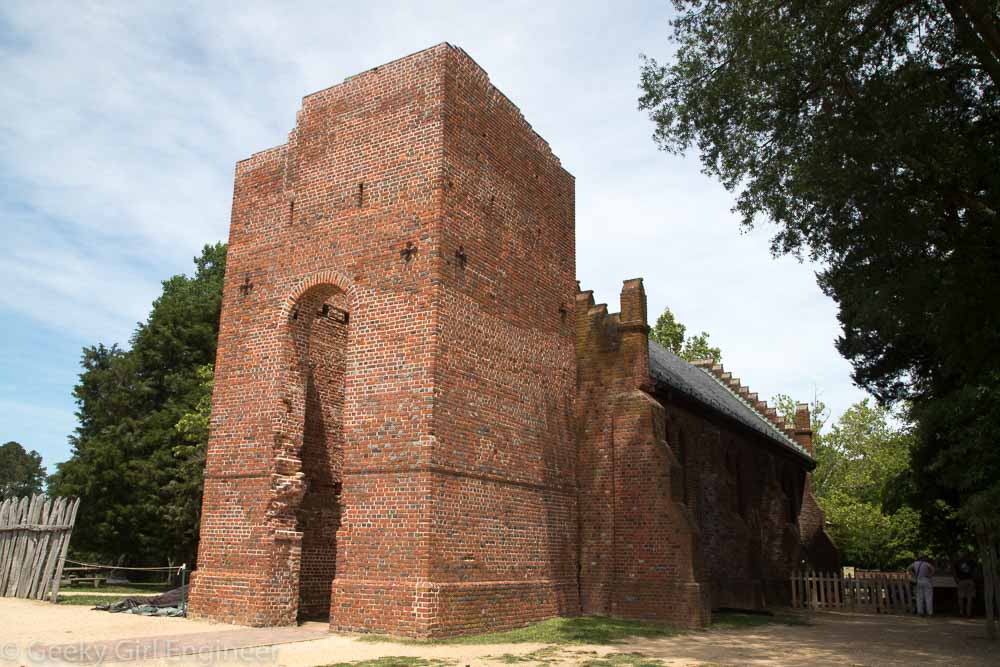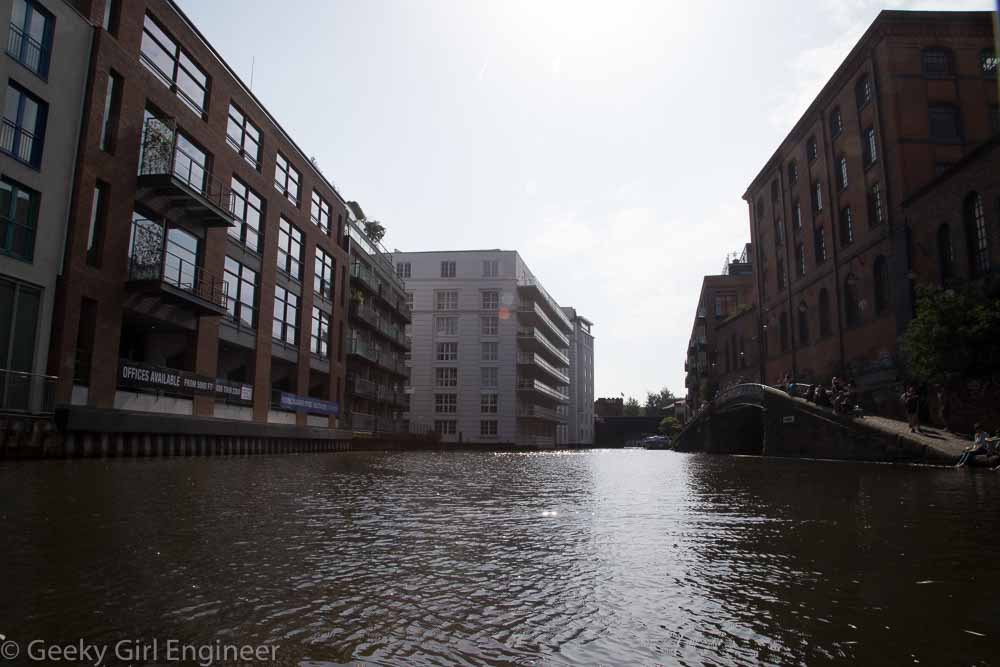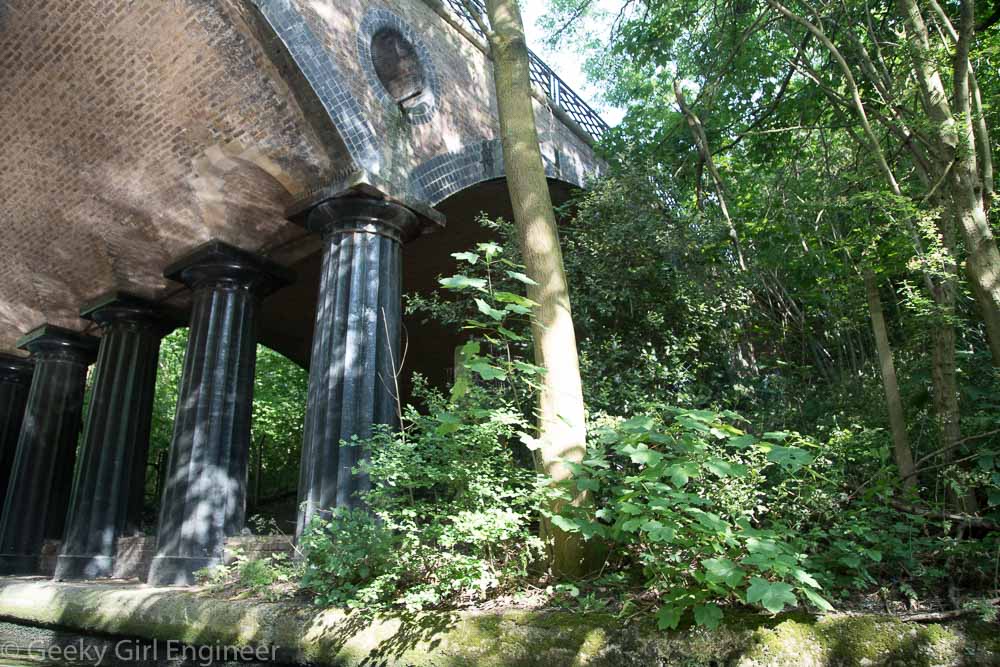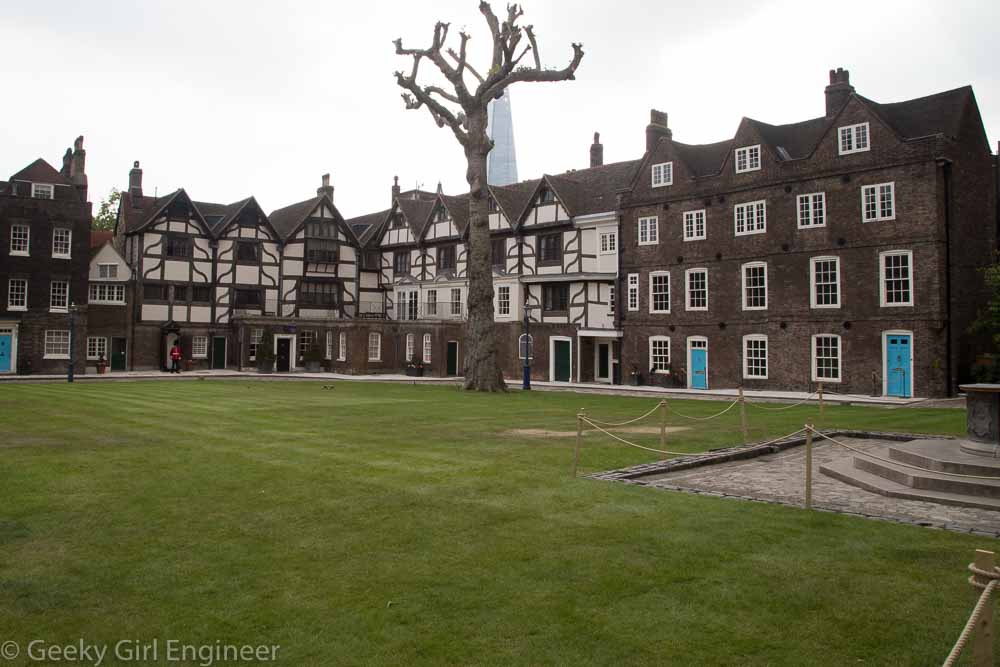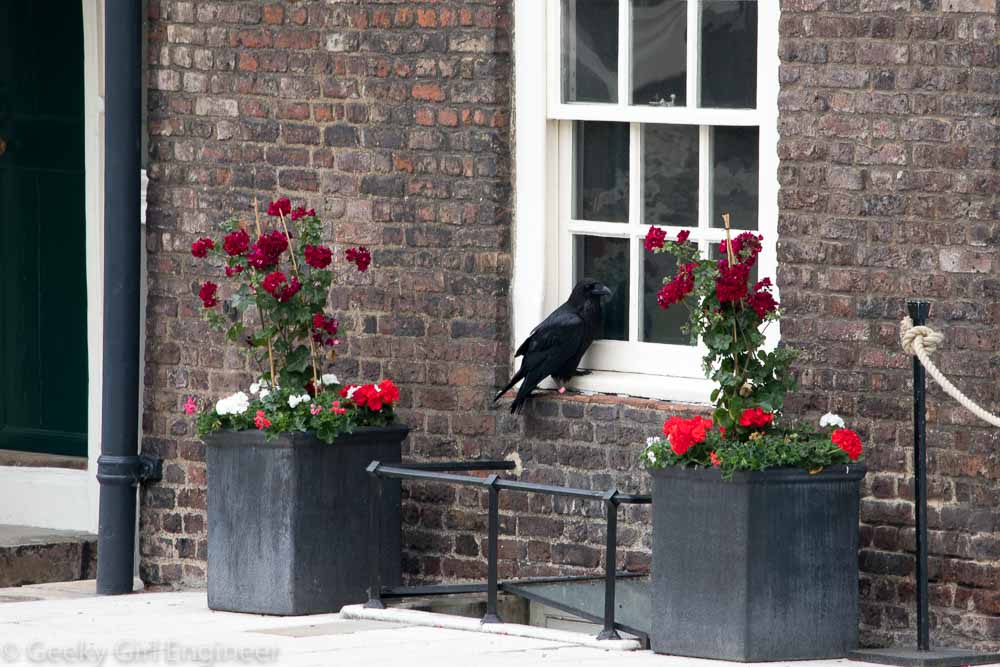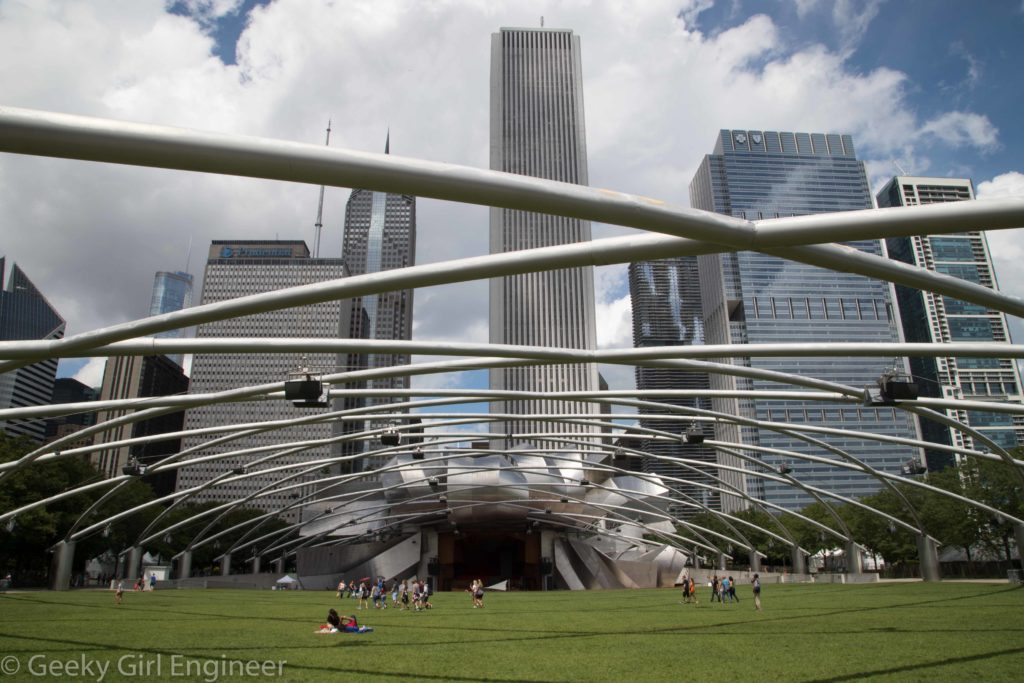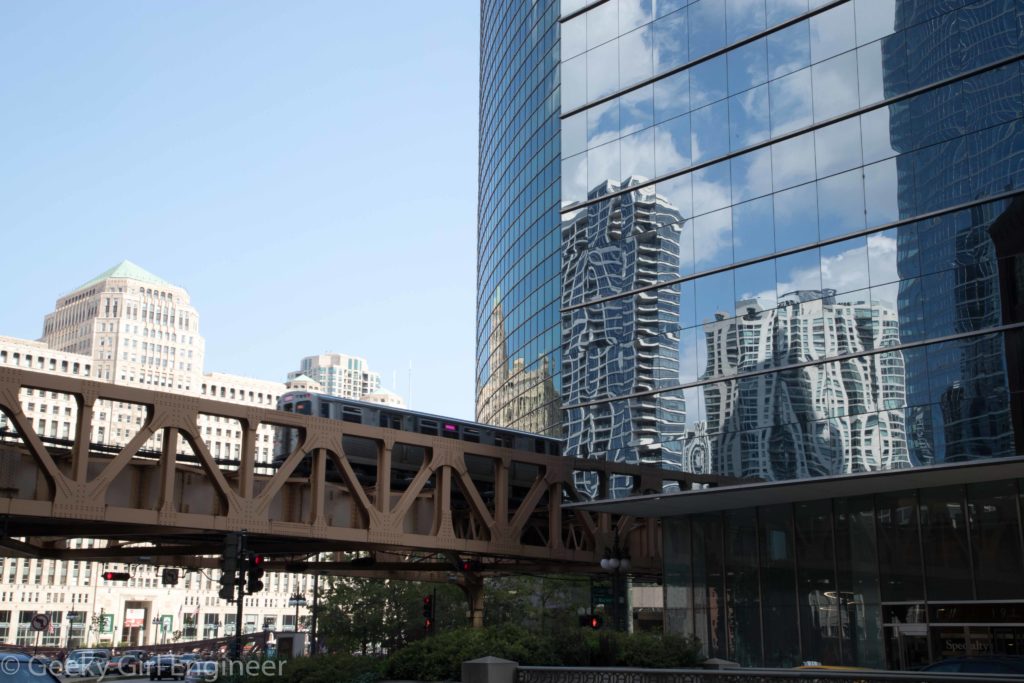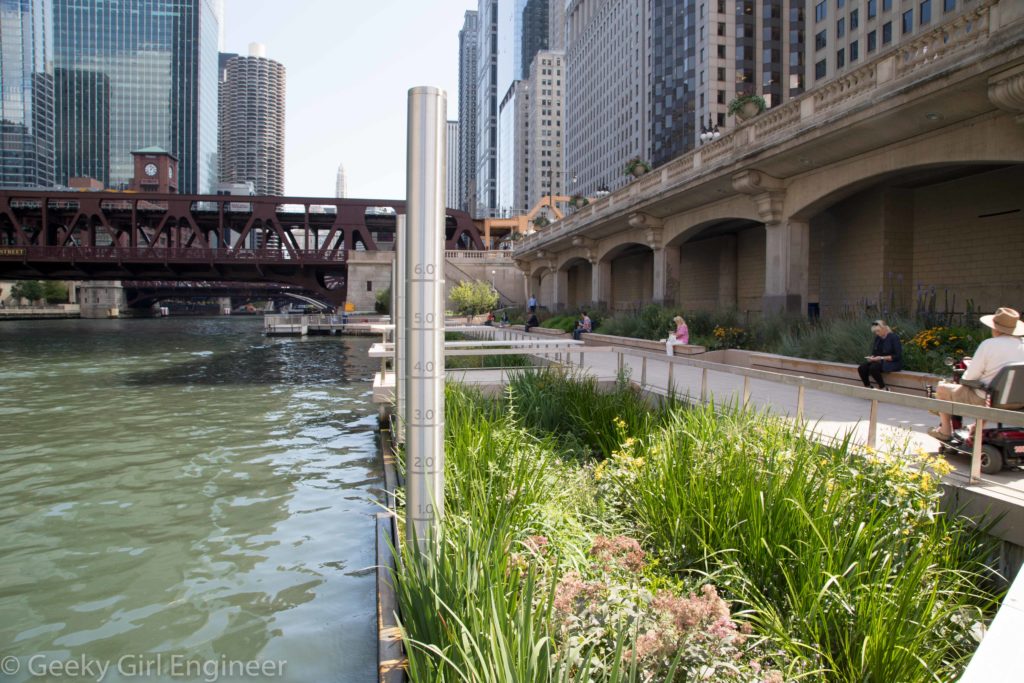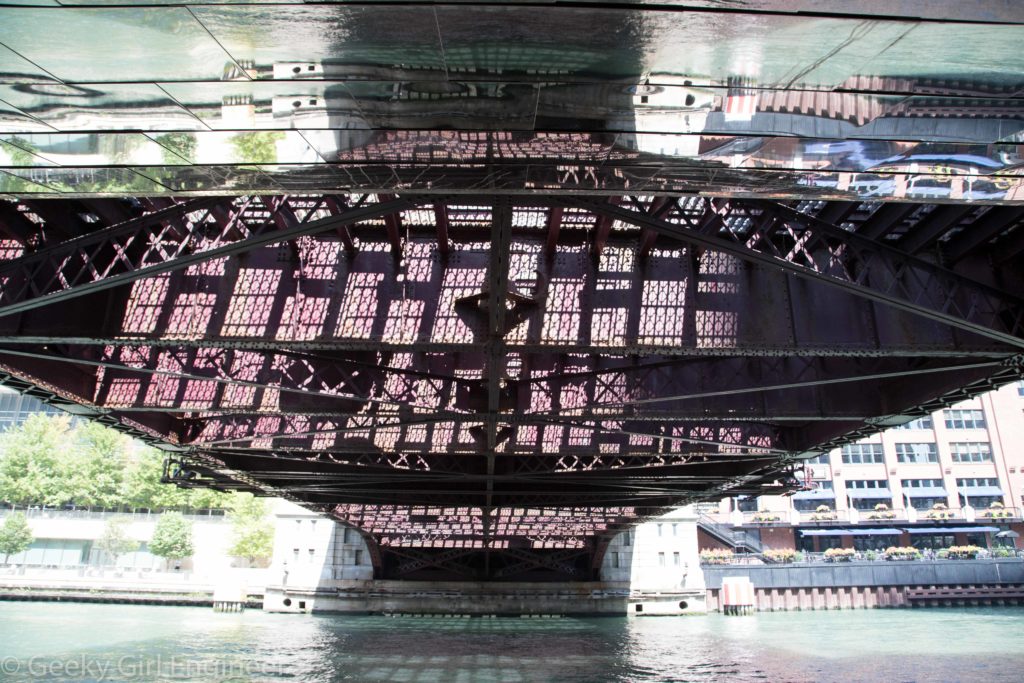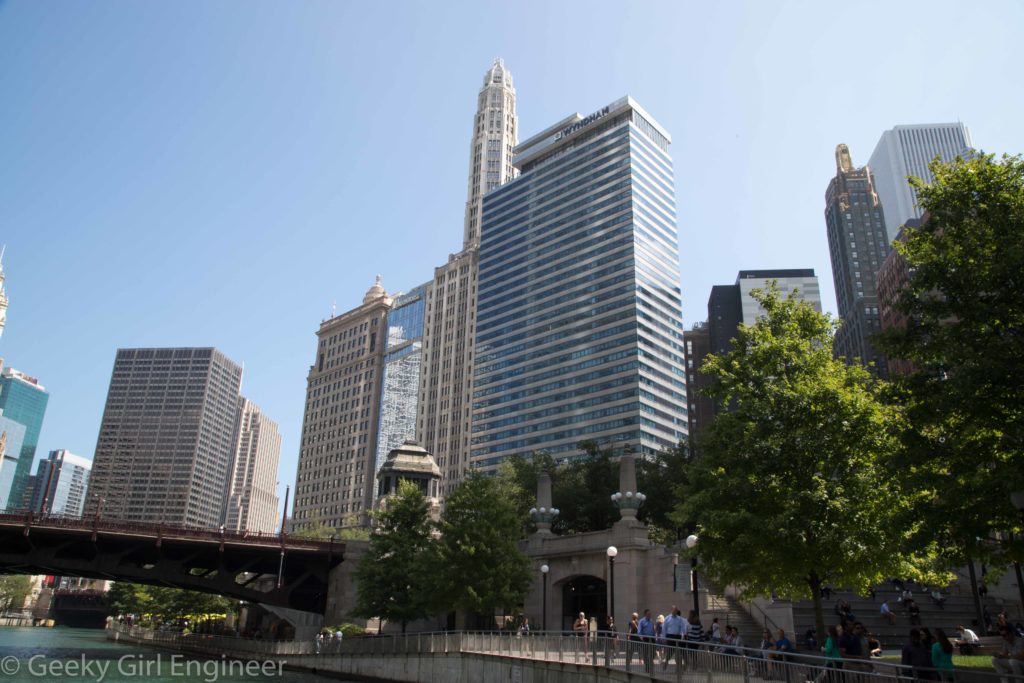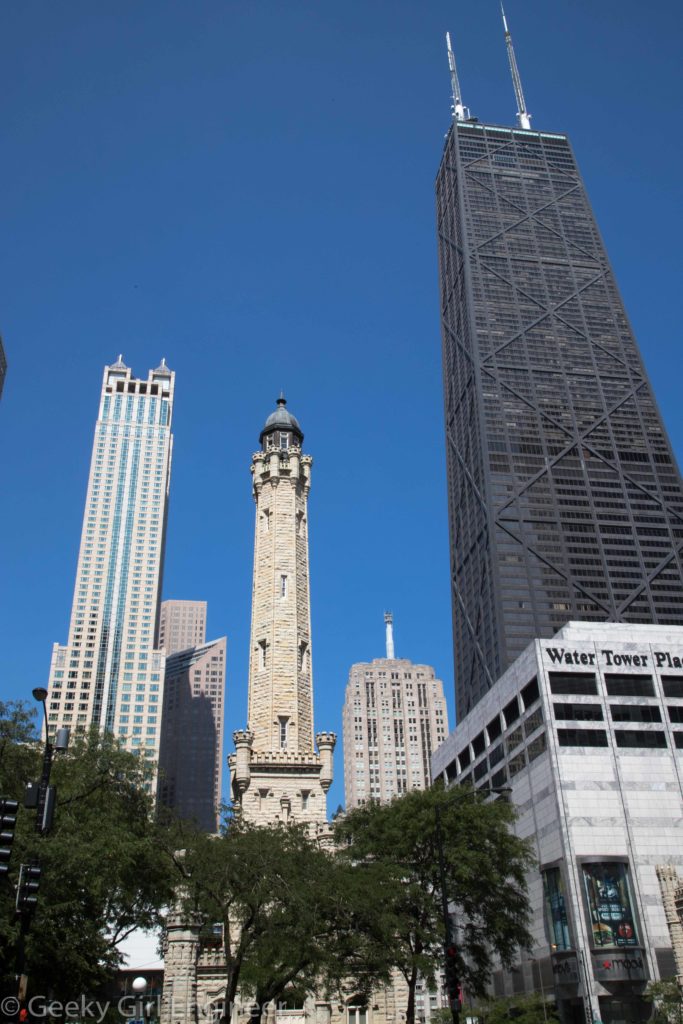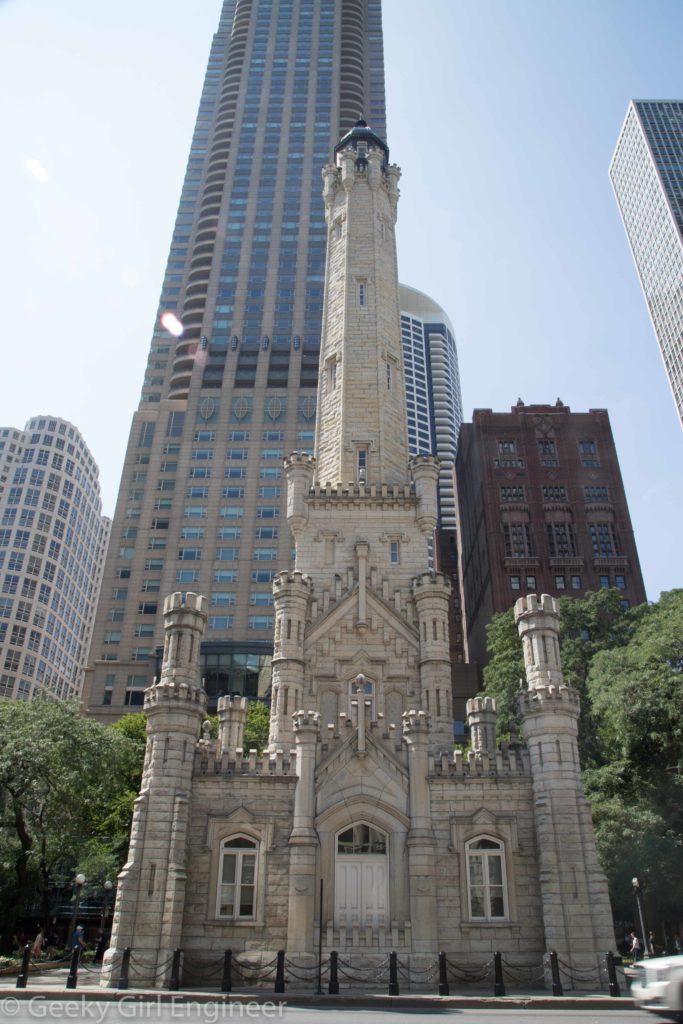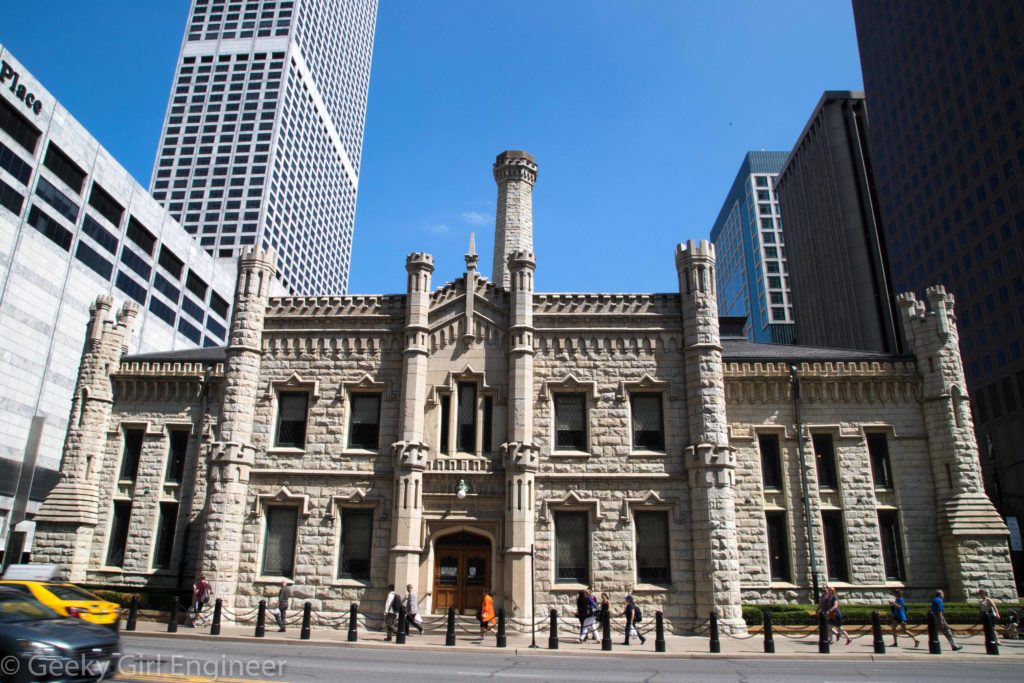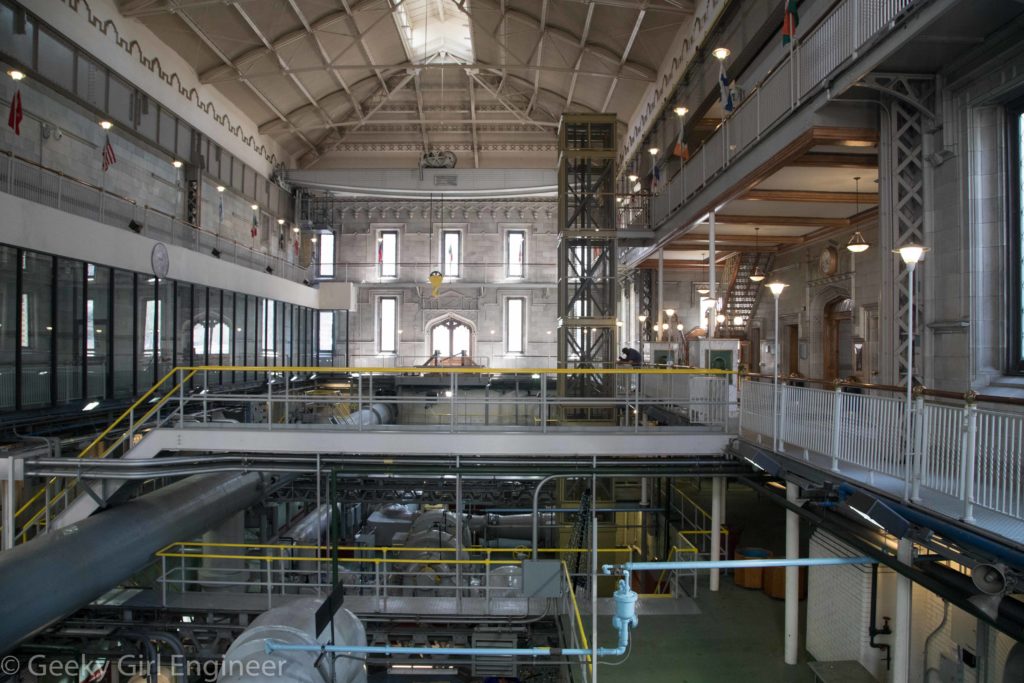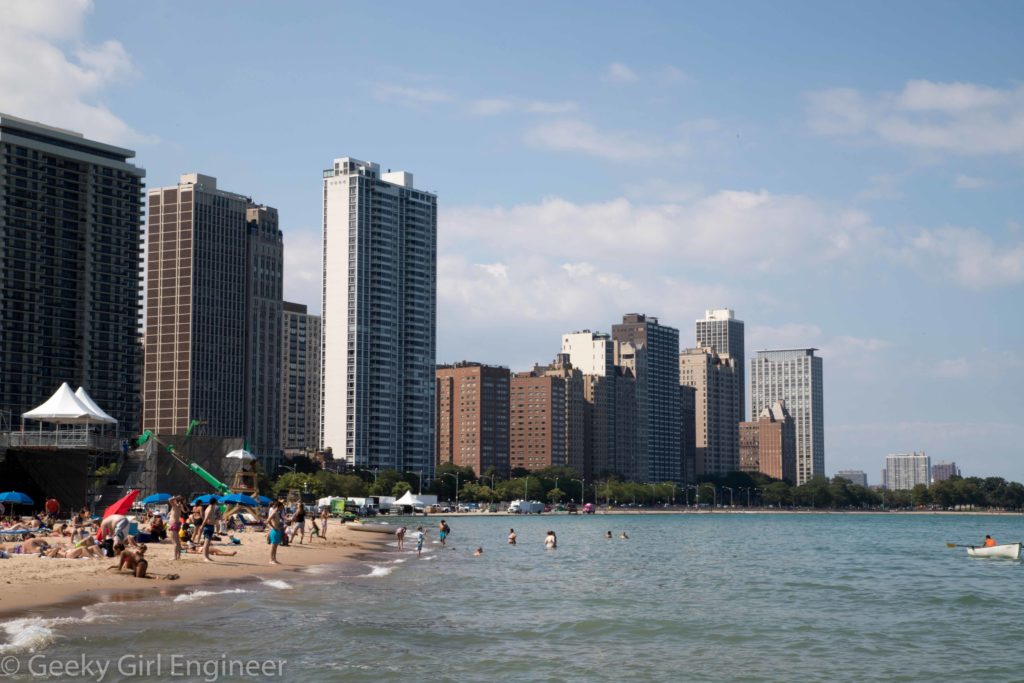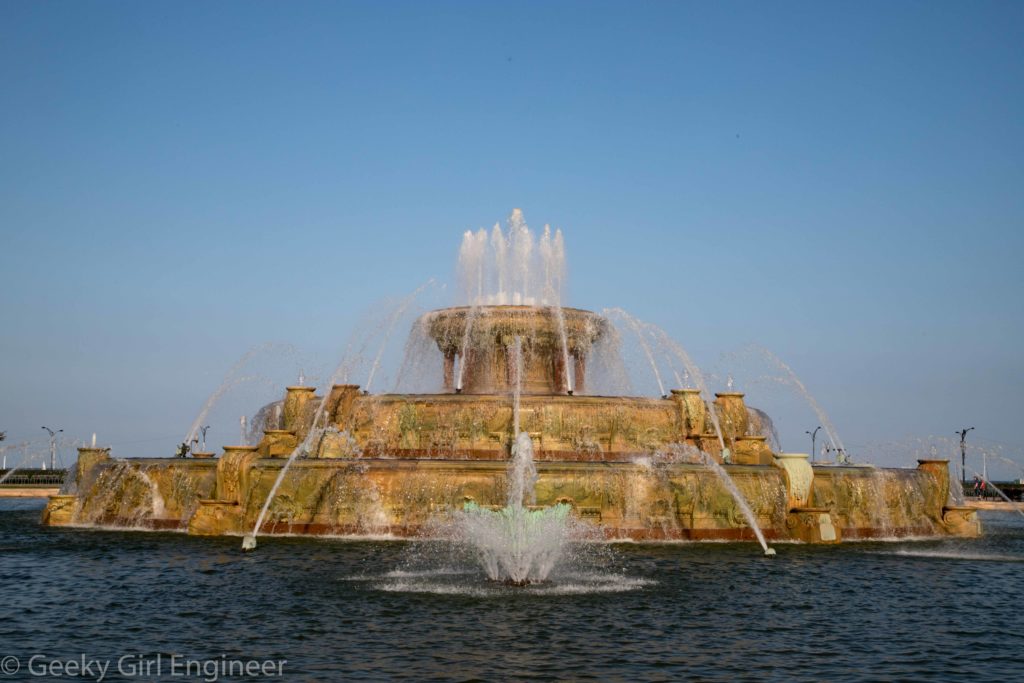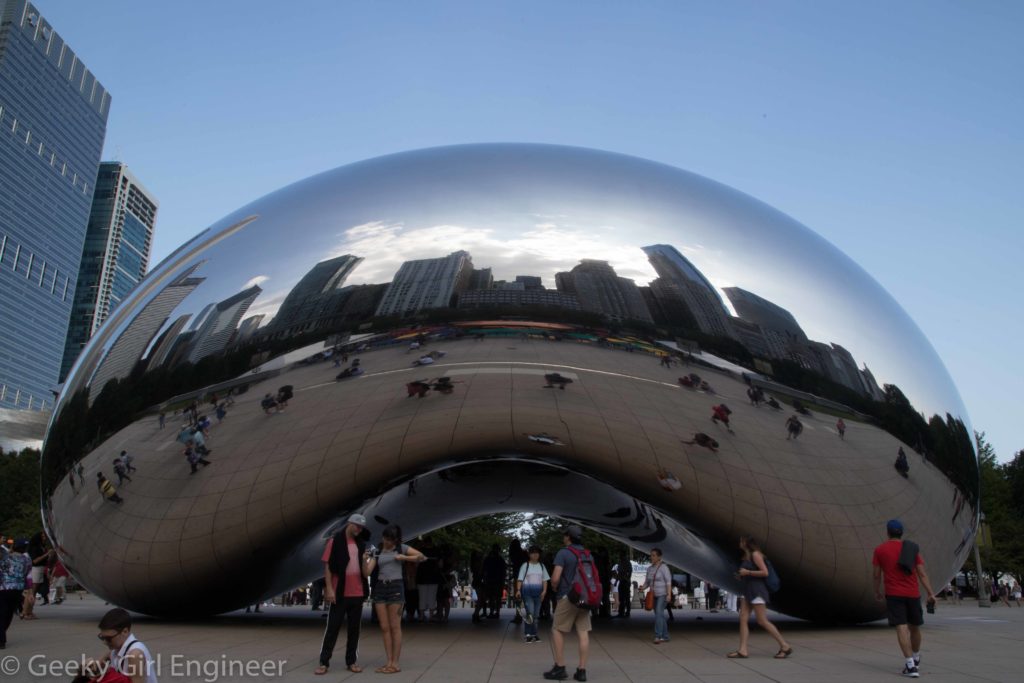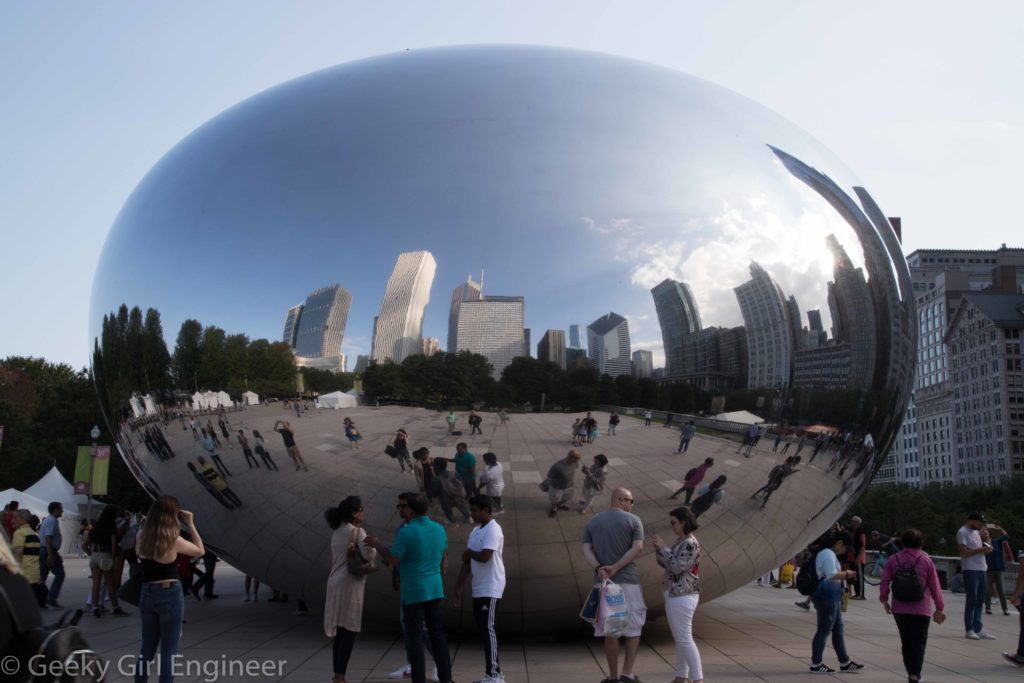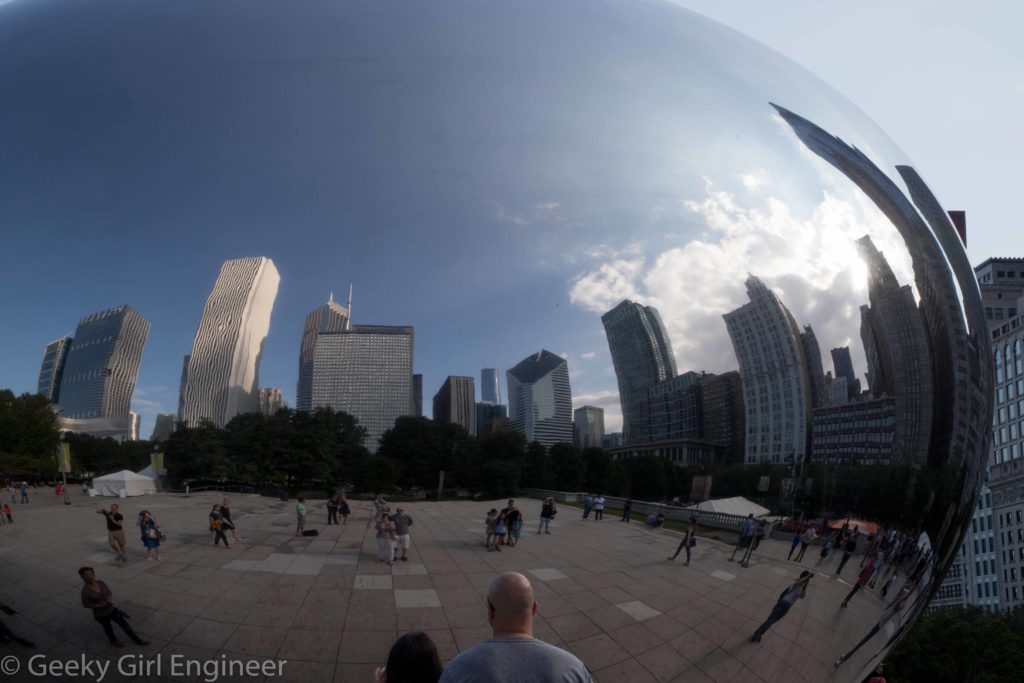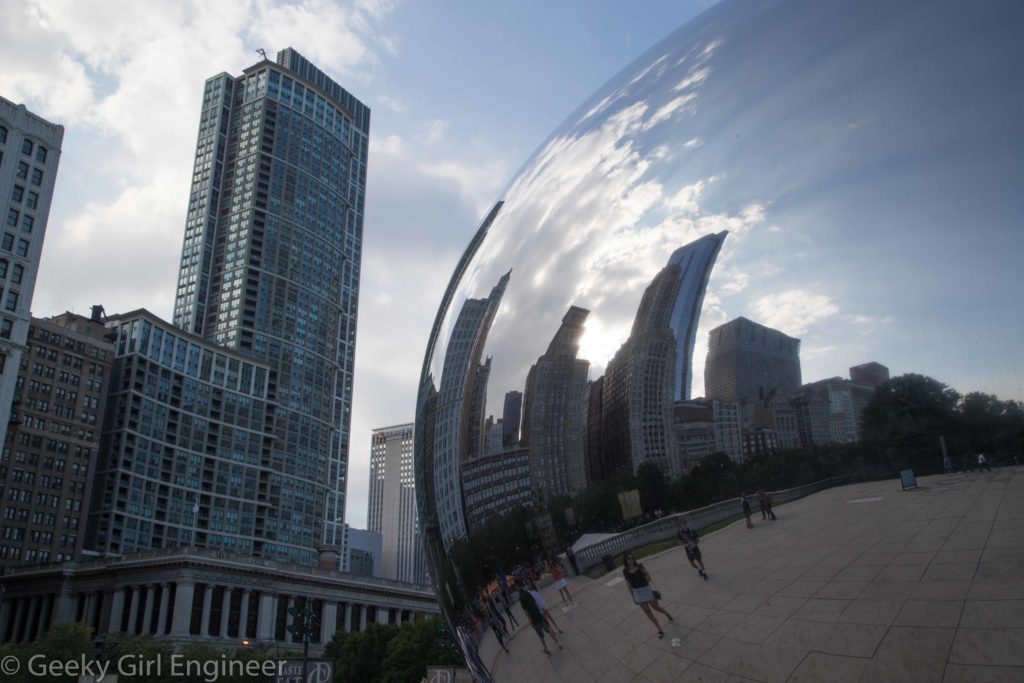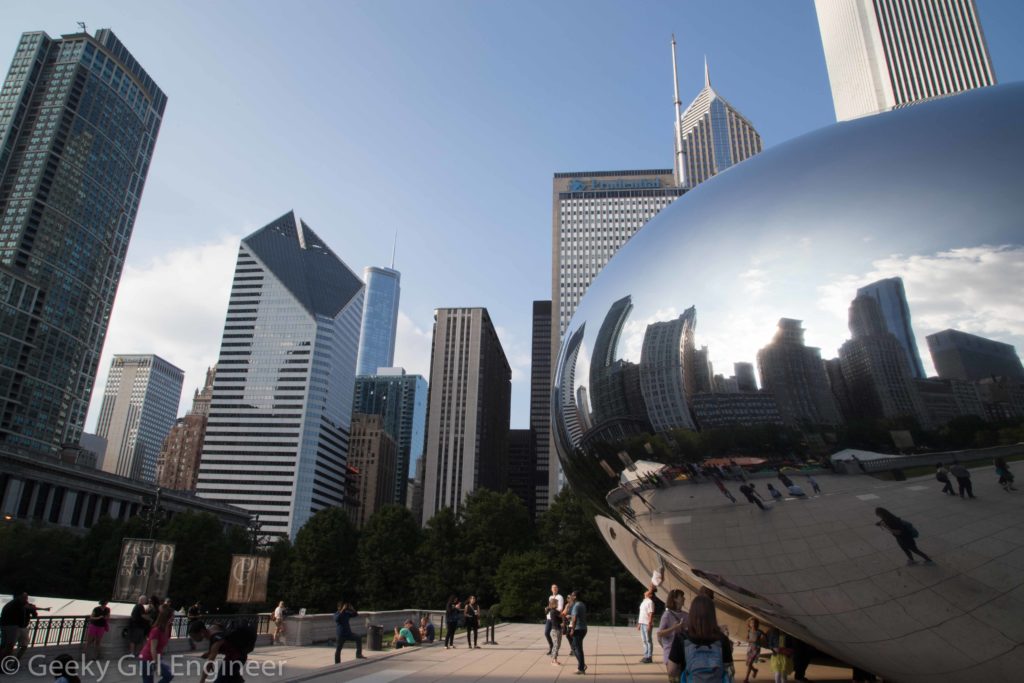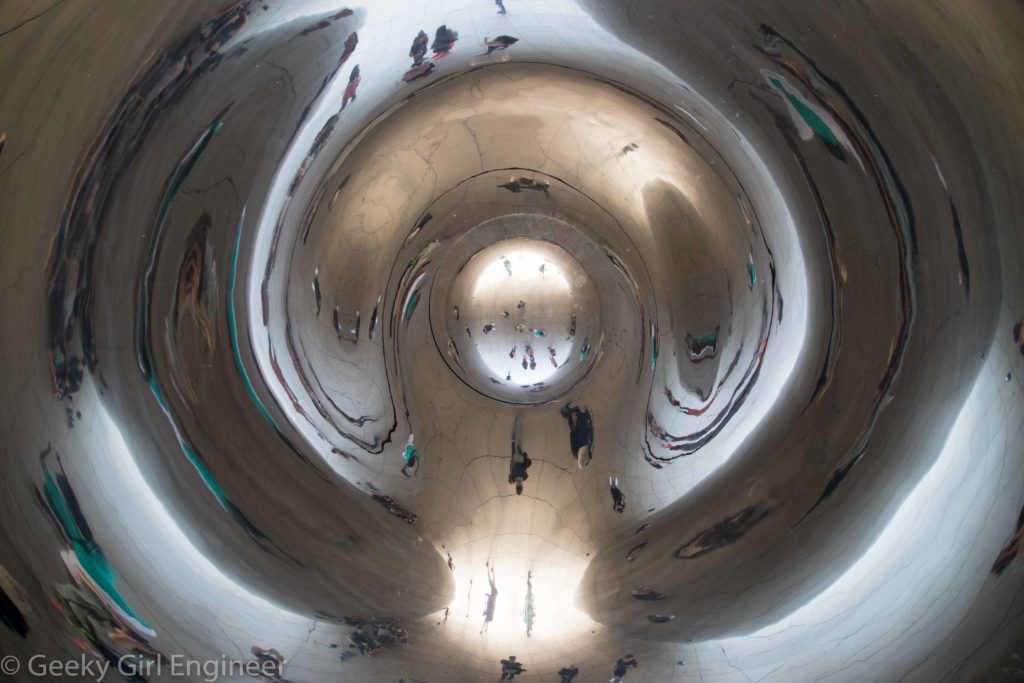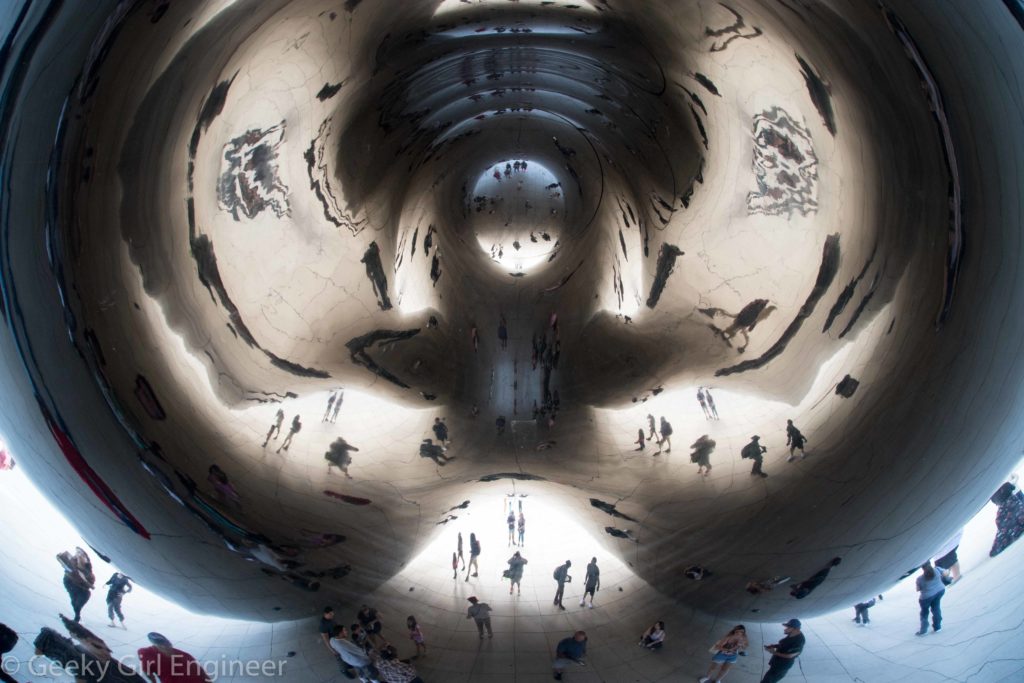I spent the day wandering around Albany today, and I started the day off with a tour of the Capitol. The New York Capitol is gorgeous. According to the tour guide, it was way over budget and way behind schedule when then Governor Teddy Roosevelt finally said, it’s done, no more. The guide pointed out some stone that was never carved because of that. The stone work is amazing none the less. There are numerous different stones used, and it is all exquisite.
From the outside, the building is beautiful, even without the domed tower it was supposed to have. I lost count of how many different architects the building had, but the style of the building is different in various areas because of that.
The Senate Chamber is gorgeous with gold paneling and beautiful marble tiles on the walls. My favorite part of it is that the chamber has two fireplaces that haven’t been used in decades since the building got central heat and air. Because of the acoustics in the chamber, it is hard to have a private conversation, so the two fireplaces are called “whispering fireplaces” where senators can have private conversation. They even keep folding chairs in the fireplaces for this activity. I find this hilarious. Even better, I noticed a fire extinguisher next to one of the fireplaces. Is it for heated political arguments?
The Assembly Chamber is not as exquisite as the Senate Chamber, but it is pretty also. According to the guide, the current ceiling in the room is the third one. The first one kept cracking and falling apart to the degree that large stones fell onto the ground. Then the second version was mainly papier-mache and wood. It was supposed to be solid wood, but such bad, vague specifications were written into the contract that the builder substituted papier-mache. At some point after this when the legislatures discovered this they sued, but they lost in court because the specifications were so bad. There is a lesson to be learned there. The paper-mache ended up saving the room during a fire in 1911. This is now the third ceiling, (I wasn’t clear on this) built after the fire.
The hallways and the staircases are some of the most beautiful areas of the building. The Great Western staircase is so beautiful that my photos cannot do it justice.


